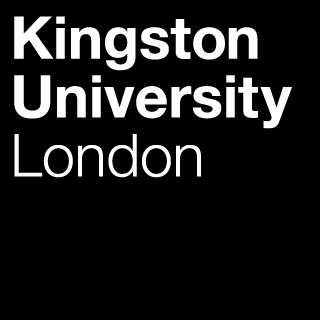Resendiz‐Diaz, Brenda, Sadler, Emma, Schwikkard, Sianne, Bear, Joseph C. and Crick, Colin.R. (2025) The fabrication of superhydrophobic coatings using food‐grade wax dispersions. Advanced Materials Interfaces, ISSN (online) 2196-7350 (Epub Ahead of Print)
Abstract
Water-repellent plant-derived materials are a promising class of materials for the fabrication of sustainable superhydrophobic coatings. Many plant-derived waxes are safe for human consumption, which can allow for the use of food-grade waxes (FGWs) for applications such as food packaging. Here, a general approach is reported for fabricating superhydrophobic materials using dispersions formed from only two components: a food-grade wax and a solvent. The methodology utilizes variations in wax solubility and/or dispersibility as the solvent is exchanged, such that the resultant wax coating can achieve superhydrophobicity (i.e., water contact angles [WCAs] above 150°). The coating formulations are mixed at room temperature and elevated temperatures (above the melting point of the waxes). Followed by depositing on glass and cardboard substrates via spray coating technique. The highest WCAs (≈156°) and lowest water sliding angles (SA) (<10°) are obtained from wax/solvent mixtures that allowed for coatings with the highest surface roughness (e.g., rice bran wax dispersed in n-hexane). The coatings maintained superhydrophobicity during long storage periods, are resistant to water submersion for up to 24 h, and effectively repelled various food liquids. This report looks at the formulation of these coatings, and the requirements for forming highly water-repellent materials.
Actions (Repository Editors)
 |
Item Control Page |
